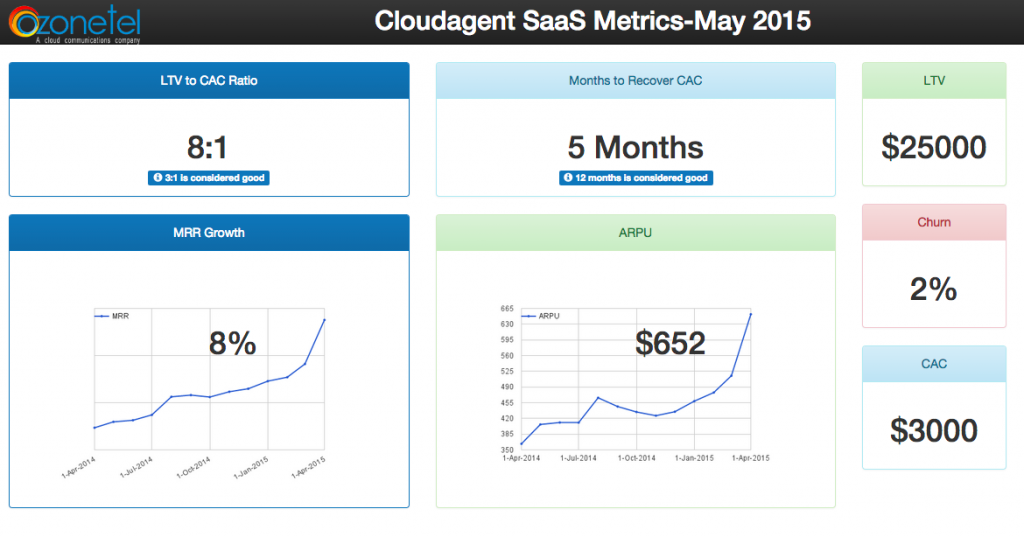Building a startup is hard. And many times it’s lonely. The actual building of the product is the honeymoon period. Especially for tech startups. There is the high of creating something from scratch and seeing it take shape. But just like in a real marriage, then start the struggles 🙂
 You have a product. You have some early adopters,maybe some friends and family. But how do you scale? How can you build a predictable revenue machine? Is your product right for the market? Should you track some metrics? What metrics should you track? How do you make people come to your website? How do you make them stay? How can you wow your customers in the first 5 minutes of them using your product?
You have a product. You have some early adopters,maybe some friends and family. But how do you scale? How can you build a predictable revenue machine? Is your product right for the market? Should you track some metrics? What metrics should you track? How do you make people come to your website? How do you make them stay? How can you wow your customers in the first 5 minutes of them using your product?
Every early stage startup will have these and many more questions. And thats a good thing. This means that there are successful startups who have had these questions and have found answers. And thats where this #PNCamp gets in.
The idea of this #PNCamp is to get a bunch of successful startup founders and early stage startups together so that early stage startups can learn from the successful ones. But this aint your regular gyaan session where a founder gets on stage and shares his/her “journey”. No sir no. The format of this camp is to have a complete hands on approach in helping startups find answers to their questions. The PNCamp is structured for real action oriented learning. And the more you share the more you learn. You are getting only 10 visitors a week? What actual things you can do will be suggested. You are converting less than 1% of visits to leads? Actual changes to your lead form or web site will be suggested. These are actionable insights which you can apply immediately.
And you can question. In fact you should question the insights,after all, you own the product. And this will hopefully lead to a healthy debate.
Here are a list of things which we will do at the camp:
- Founder truth or dare: A successful founder will be put on stage and you can ask them anything. They will share their insights by putting it all out in the open. And in case they refuse to share, well, we will give a dare to them 🙂
- Teardowns: Startups can nominate themselves for a teardown from experts. The experts will analyze your product/website/sales process/marketing and give you blunt feedback on each of the processes. Don’t expect any sugar coating from the experts. They will tell it as they see it. It’s almost as if your startup is getting free consulting and mentorship from some of the best minds in the world :). This is the most important feature of the camp and this is where most of the learning happens. Our previous teardowns have been very successful and every startup which has gone through the process has improved.
- Pitch breakup: Here again, startups can nominate and share their pitch deck. Experts will analyze the pitch-deck and give suggestions on optimizing the pitch.
Startups may have a worry about opening up about their startup. Its a valid worry, but let me assure you, it’s an unfounded one. What goes on in the #PNCamp stays at the camp. Its just a community of startup peers sharing.
So are you ready? Just go and apply for the bootcamp in Hyderabad on 22nd April 2017.








